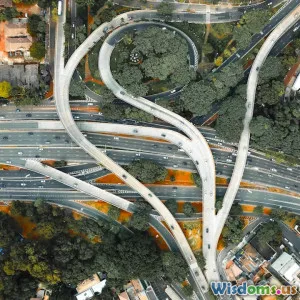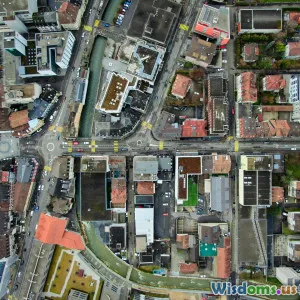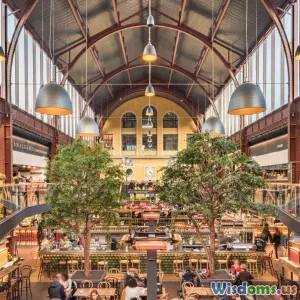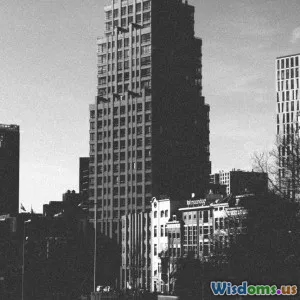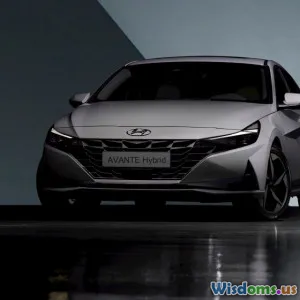
Smart Cities: Integrating Technology and Design
8 min read Explore the fusion of technology and design in smart cities, enhancing urban living through innovation. (0 Reviews)
Smart Cities: Integrating Technology and Design
In an era defined by rapid technological advancements, the concept of smart cities has emerged as a pivotal framework for reimagining urban livability. Smart cities leverage cutting-edge technology, data analytics, and innovative design principles to create urban environments that are not only efficient but also responsive to the needs of their citizens. This article delves into the integration of technology and design in creating smart cities, examining real-world examples, challenges, and the vision for the future.
The Concept of Smart Cities
Smart cities are urban areas that utilize various electronic methods and sensors to collect data. This data is used to manage assets and resources efficiently, while also enhancing the quality of life for residents. The integration of smart technology in city infrastructure allows municipalities to address challenges such as traffic congestion, environmental sustainability, and public safety.
For instance, Barcelona has revolutionized the concept of a smart city by implementing IoT (Internet of Things) technologies across various sectors like public transport and waste management. With smart bins that notify collectors when they're full and AI systems that optimize transport routes, Barcelona serves as a vital model for cities worldwide.
Technology as a Catalyst for Urban Transformation
Advancements in technology serve as the backbone of smart urban design. Here are some key areas where technology is driving progress:
1. IoT and Data Collection
The use of IoT devices in smart cities facilitates real-time data collection from various sources, including traffic signals, public utilities, and environmental sensors. This data forms the basis for informed decision-making. For instance, cities like Singapore utilize a smart traffic system that adjusts signals based on real-time car flow data, significantly reducing congestion.
2. Sustainable Energy Solutions
Renewable energy integration is essential for future-proofing smart cities. Technologies such as solar energy, smart grids, and energy efficiency programs are staples in these urban environments. San Diego, California, is a prime example of a city leaning into sustainability, with initiatives to generate 100% of its energy from renewable sources by 2035.
3. Intelligent Transportation Systems (ITS)
Smart transportation is crucial to minimizing travel times and environmental impact. Many smart cities are implementing smart public transportation systems that use real-time data to provide citizens with transit updates, while also optimizing the allocation of resources. For example, Los Angeles is leveraging ITS to enhance bus routes based on actual usage patterns.
4. Smart Building Design
Architecture plays a vital role in the effectiveness of smart cities. Designing structures that incorporate energy-efficient technology and innovative materials leads to sustainable urban development. The Edge in Amsterdam is often celebrated as the world’s smartest office building, showcasing energy-efficient, modular design integrated with IoT technology to monitor energy consumption and environmental conditions.
Benefits of Smart City Development
The integration of technology and intelligent design in urban planning offers a multitude of benefits:
Enhanced Quality of Life
Smart city innovations greatly improve citizens' quality of life. Smart manufacturing systems reduce pollution levels, enhanced public spaces promote community interaction, and integrated transport systems minimize travel stress, thereby catering to a more cohesive urban lifestyle.
Economic Opportunities
By attracting tech companies and fostering a culture of innovation, smart cities create vibrant economic hubs. With data-driven insights, cities can identify growth sectors, creating job opportunities while driving economic resilience. Amsterdam and Silicon Valley are prime examples of urban centers that have cultivated economic prosperity based on smart technology.
Environmental Sustainability
Smart cities strive for reduced environmental impact. Solutions such as smart grids and green buildings lead to reduced emissions and better resource management. As reported by the European Commission, eco-innovative solutions in urban areas could lead to substantial reductions in municipal greenhouse gas emissions.
Challenges to Implementation
While the prospects for smart cities are exciting, there are inherent challenges:
1. Data Security and Privacy
The aggregation of personal data raises concerns about privacy and cybersecurity. As citizens become more aware of potential misuse, balancing innovation with trust is vital. Cities must implement robust cybersecurity measures and transparency protocols to ensure public confidence.
2. Infrastructure Investments
Building a smart city requires considerable financial investment in technological upgrades and infrastructure development. Budget constraints often stall the progress of implementing smart solutions, especially in developing countries.
3. Digital Divide
The disparity between urban and rural areas in technological access poses a challenge to equitable smart city implementation. Ensuring equal access to technology and resources is essential in preventing the deepening of social inequalities.
The Future of Smart Cities
The future of smart cities hinges on continual advances in technology and the refinement of urban design principles. As urban populations continue to grow—projected to hit 68% of the global population by 2050—it's essential to adopt scalable technology solutions and sustainable practices that enhance living standards.
In addition, collaboration between technology firms, policymakers, and citizens will play a crucial role in shaping smart cities of tomorrow. Initiatives like the Smart Cities Challenge in the U.S. actively encourage communities to propose smart technology projects, fostering innovative urban solutions.
Conclusion
Integrating technology and design in the context of smart cities is not merely a trend—it reflects a fundamental shift in how urban environments can operate. By reimagining our urban experiences, we can create cities that are not only intelligent in their functionality but also nurture the well-being of their inhabitants. Adopting this integrated approach paves the way for sustainable, efficient, and human-centered urban living.
As cities become smarter, the blueprint they lay down today will undoubtedly influence the urban landscapes of tomorrow. Engaged citizens, visionary leaders, and responsible technological innovations will ultimately determine how we navigate this exciting transition.
Rate the Post
User Reviews
Popular Posts











